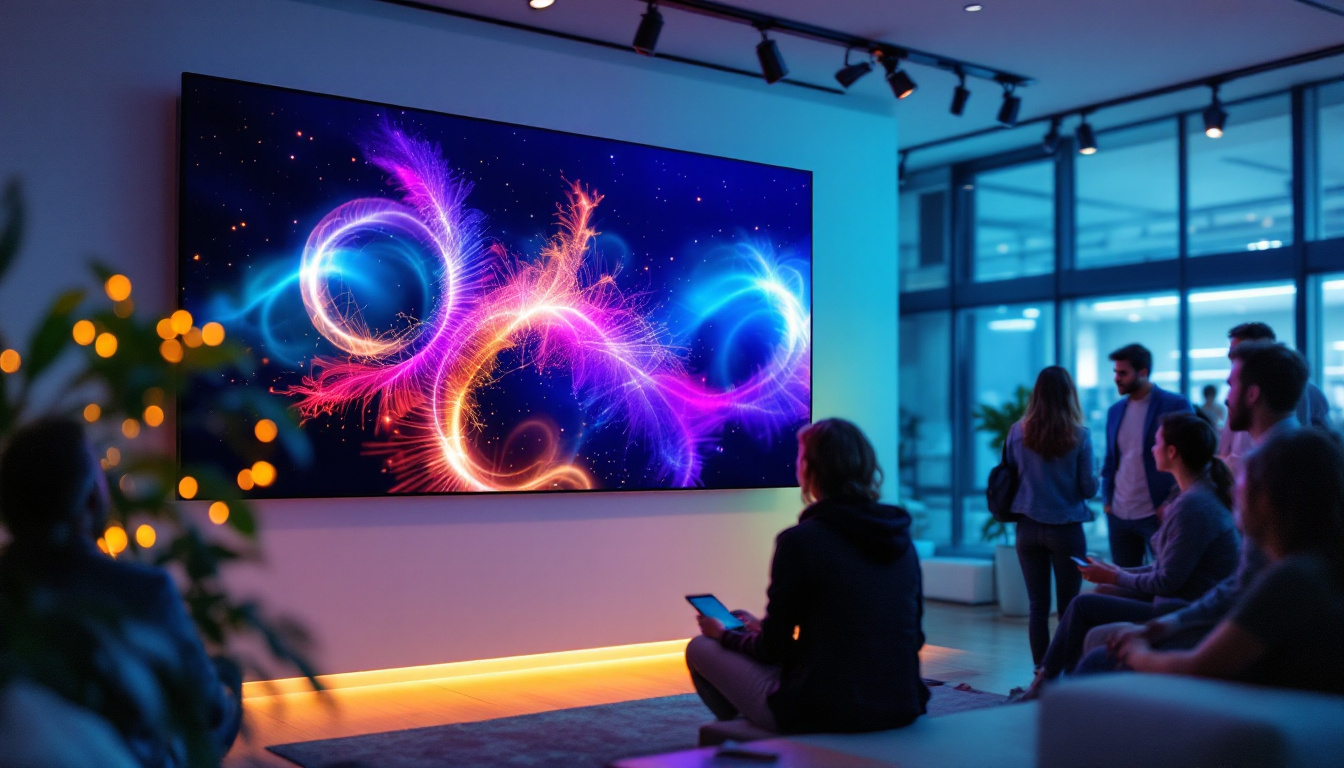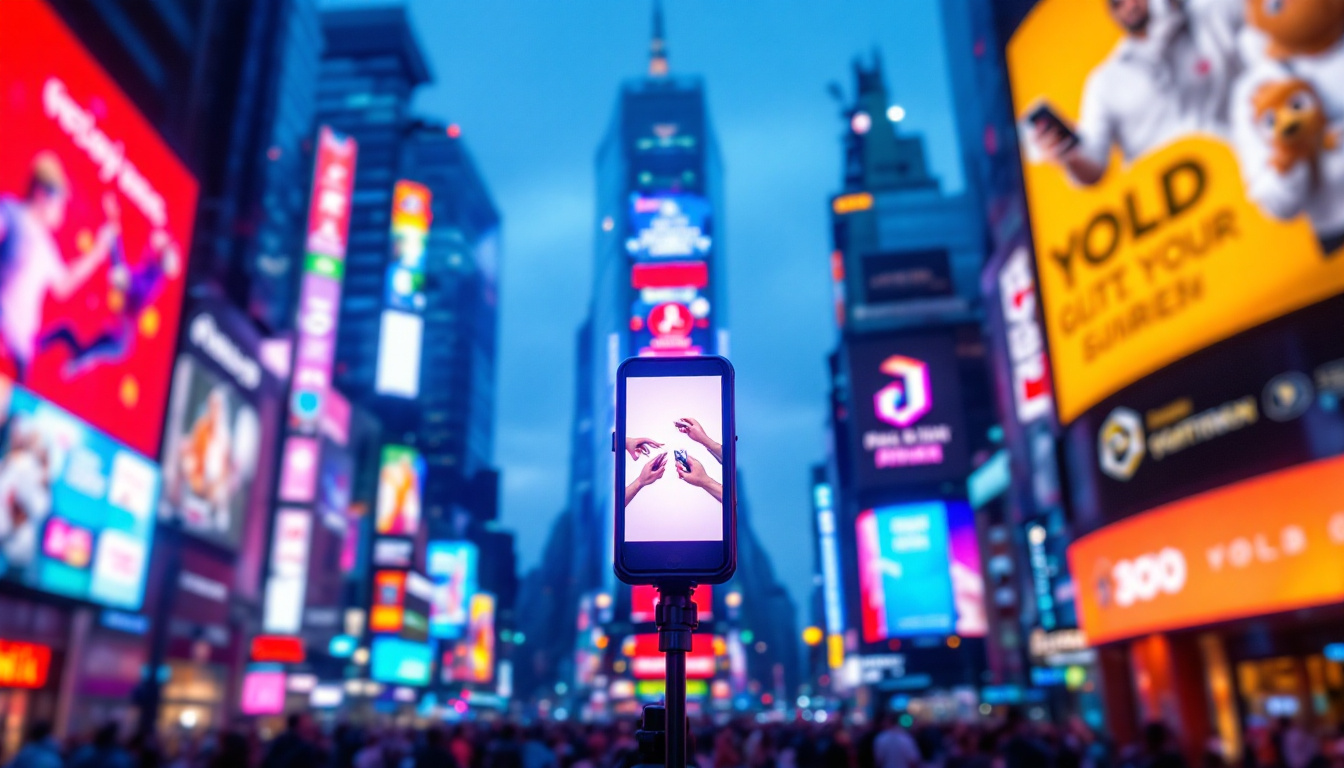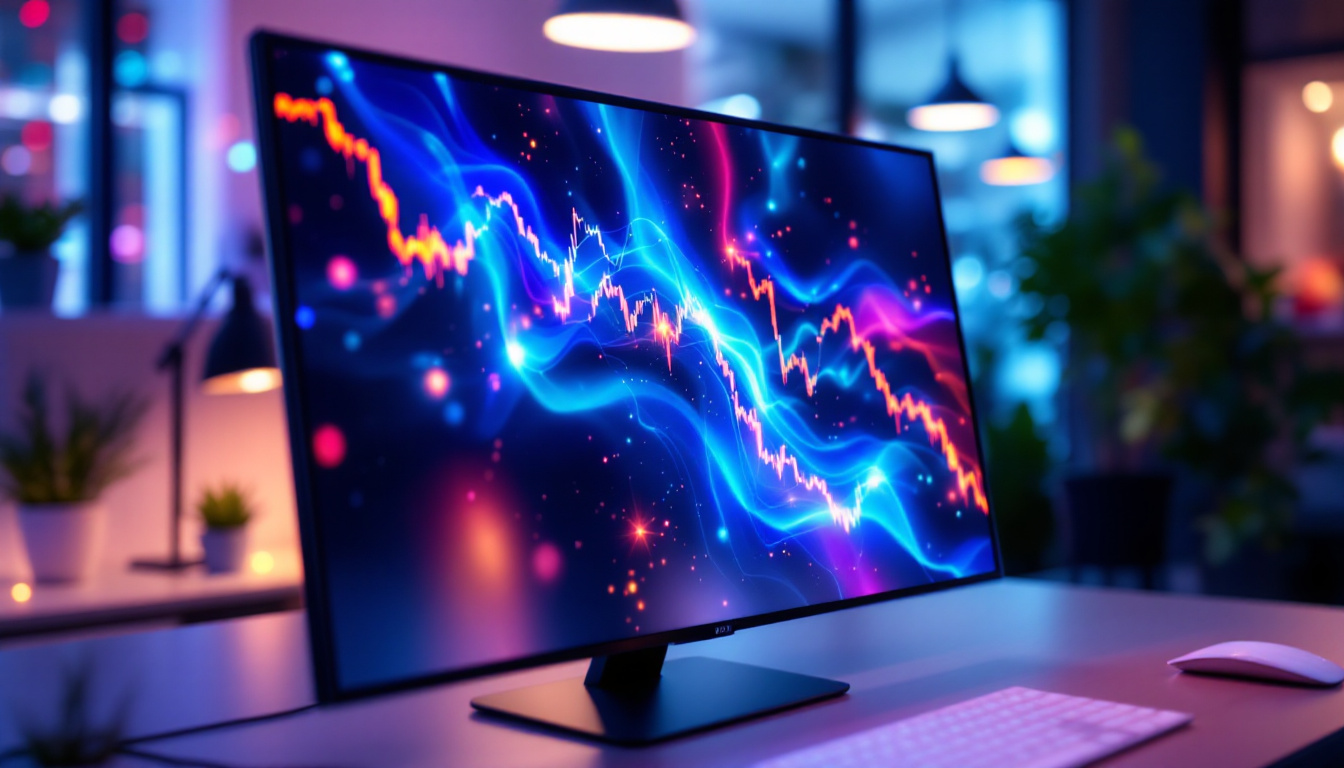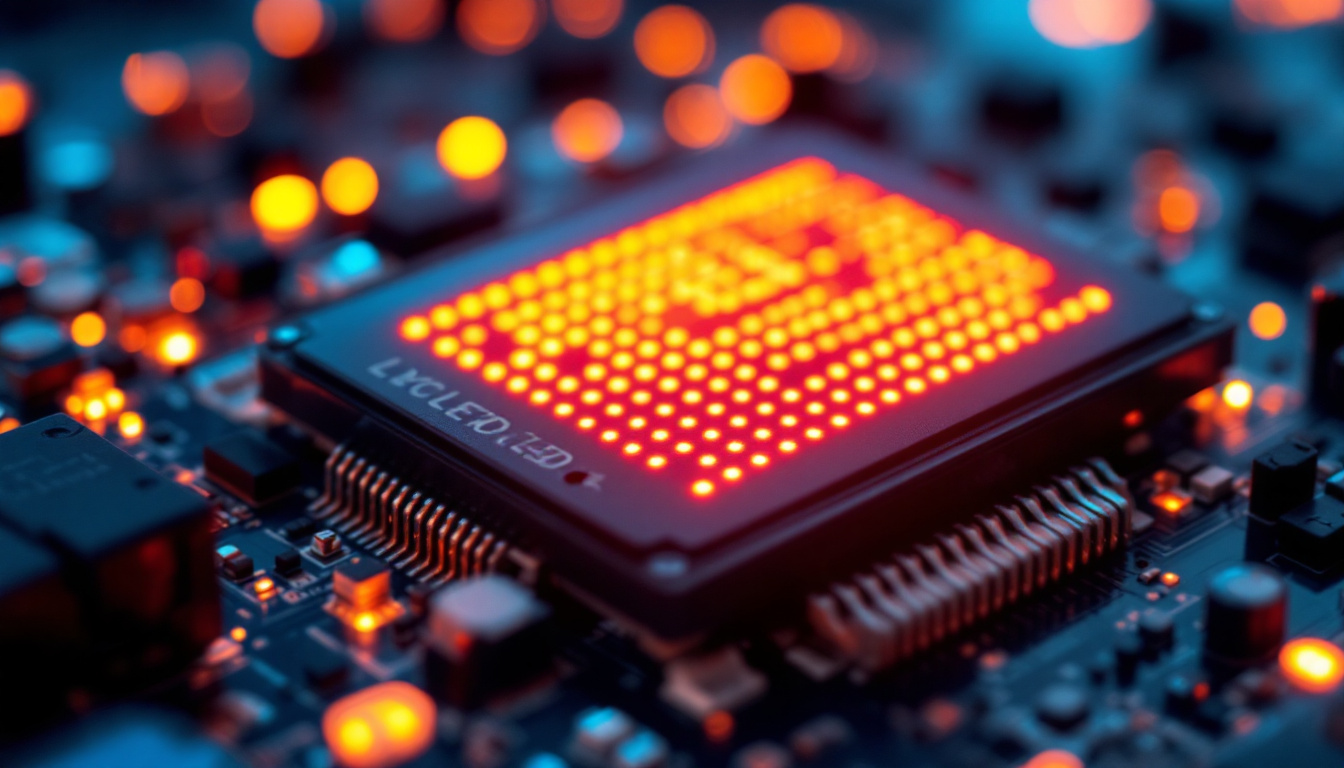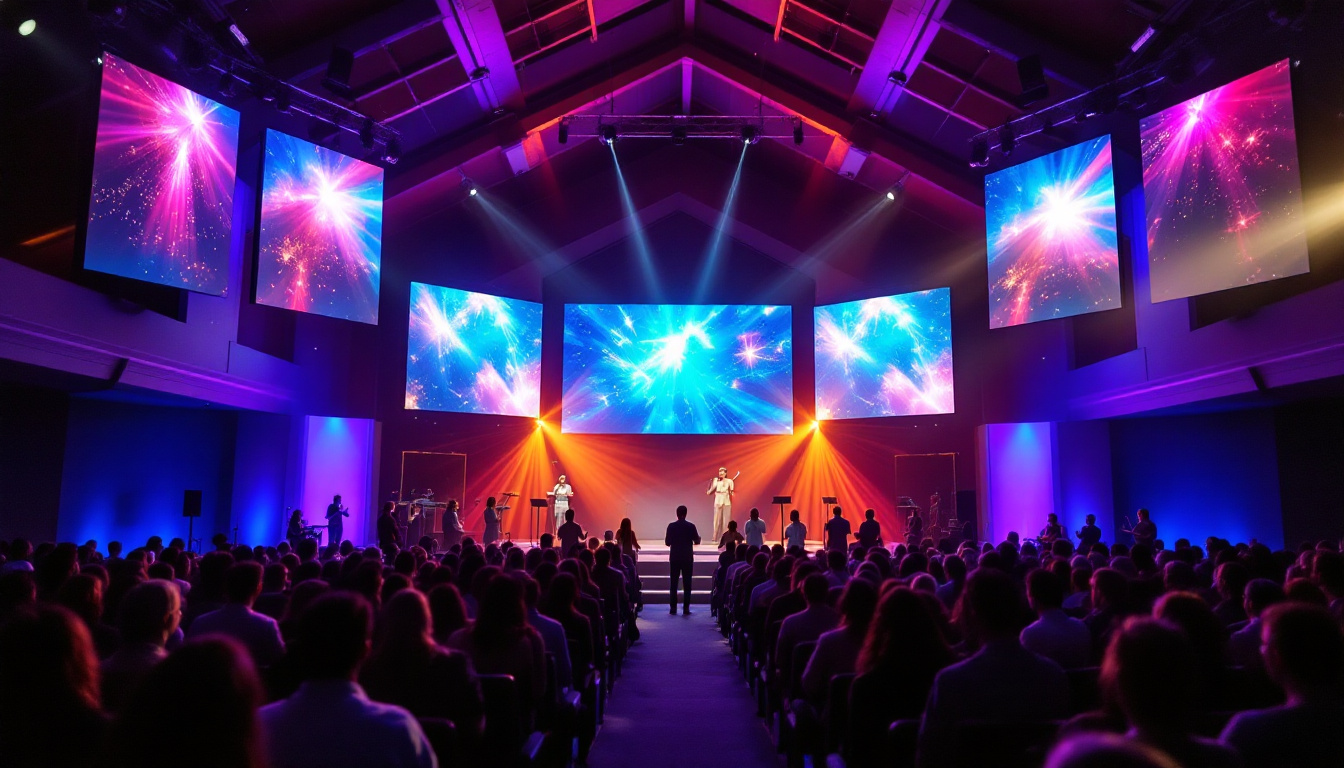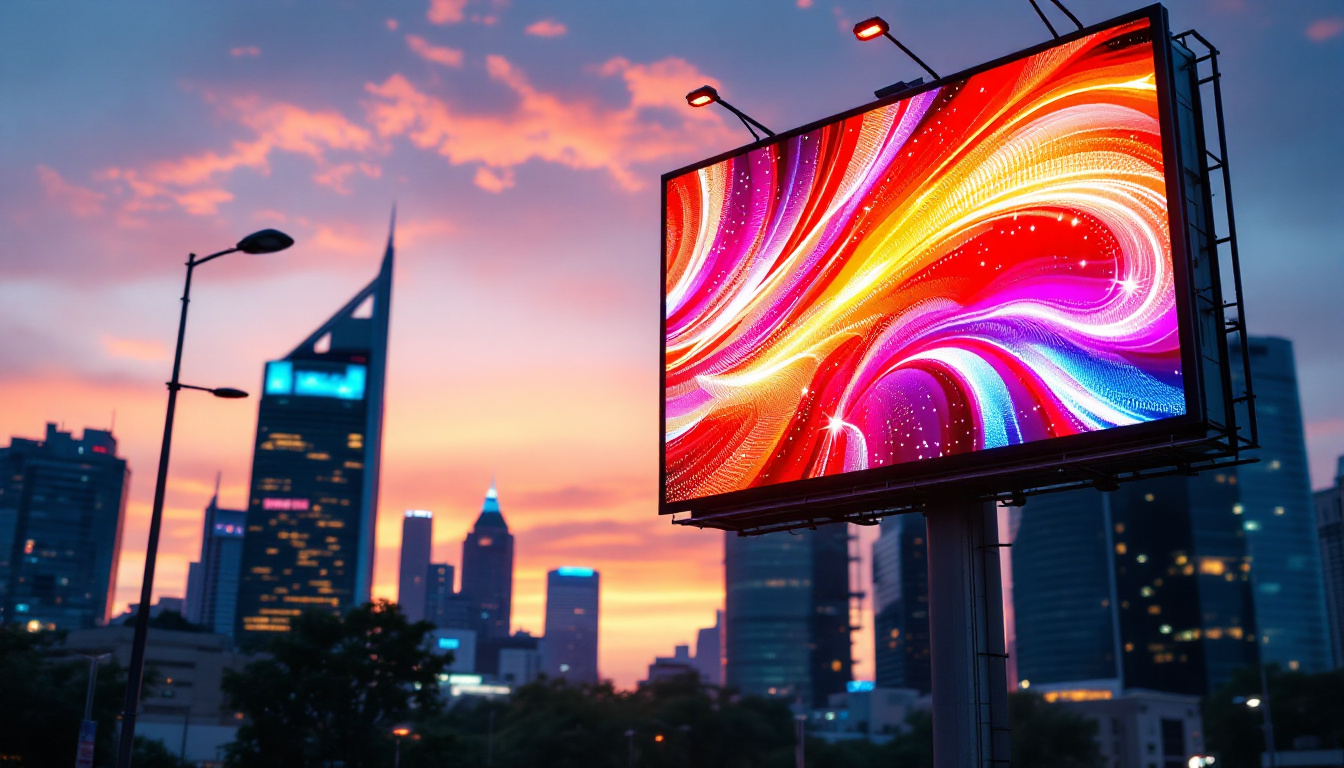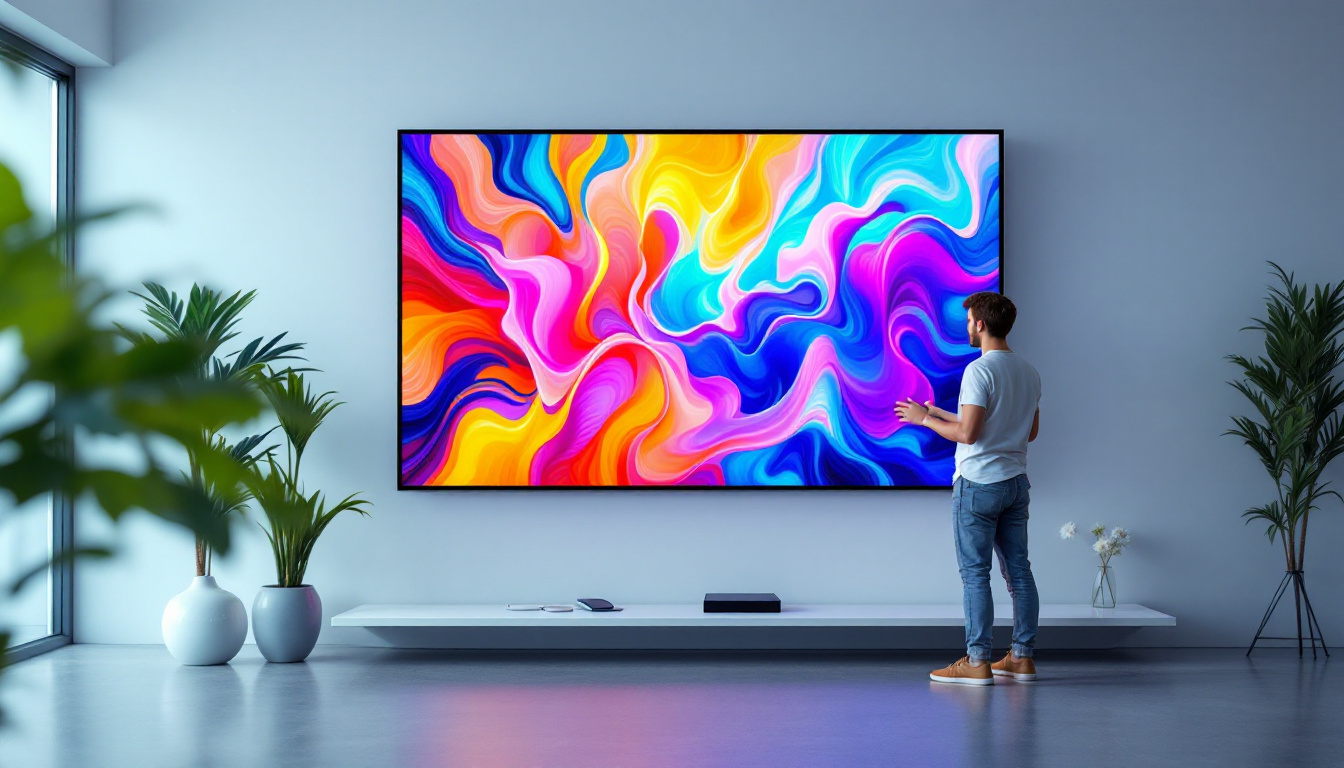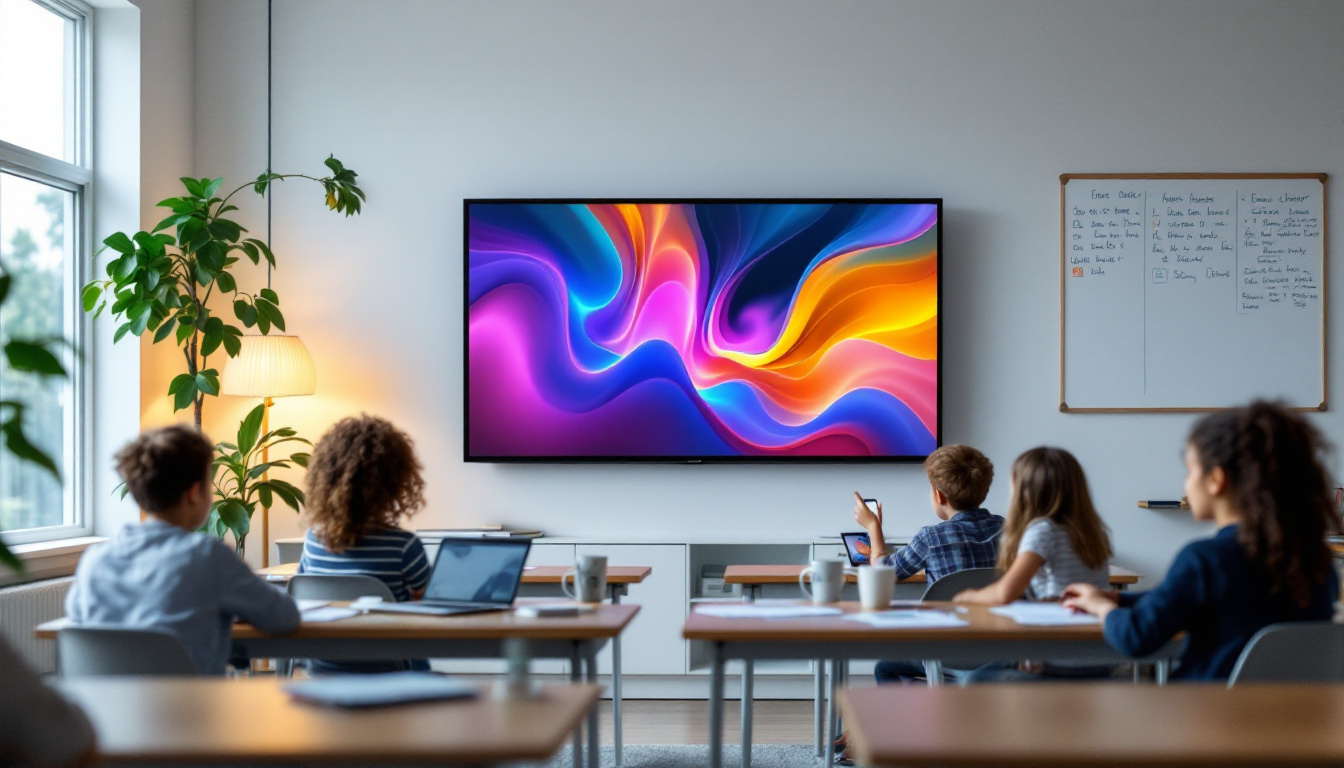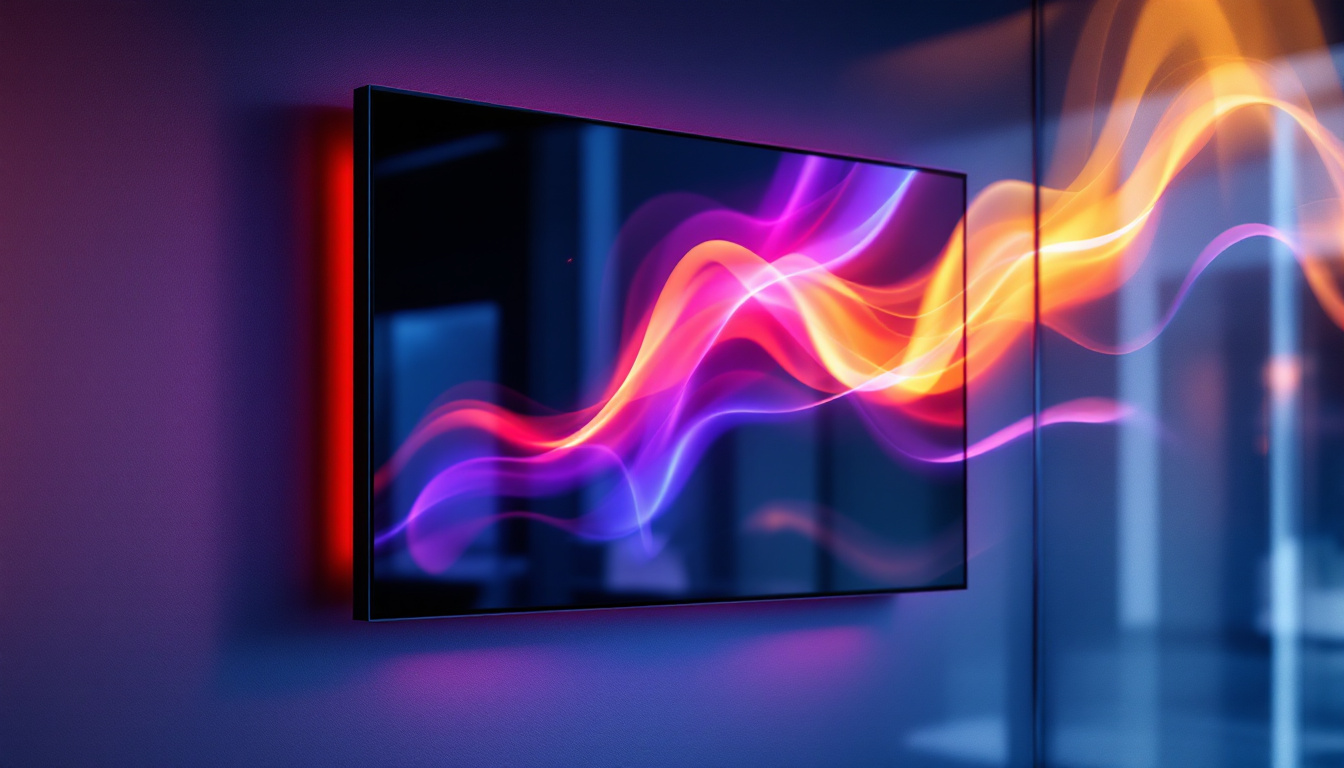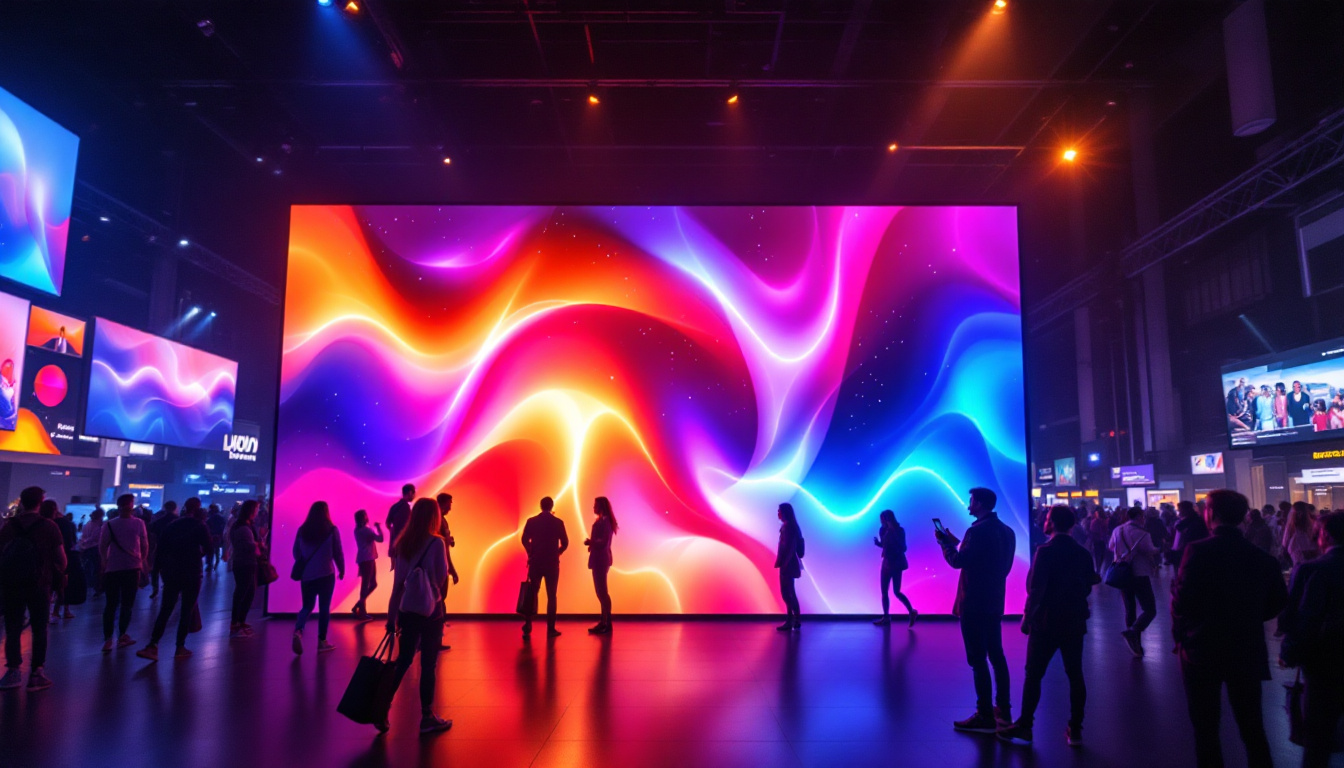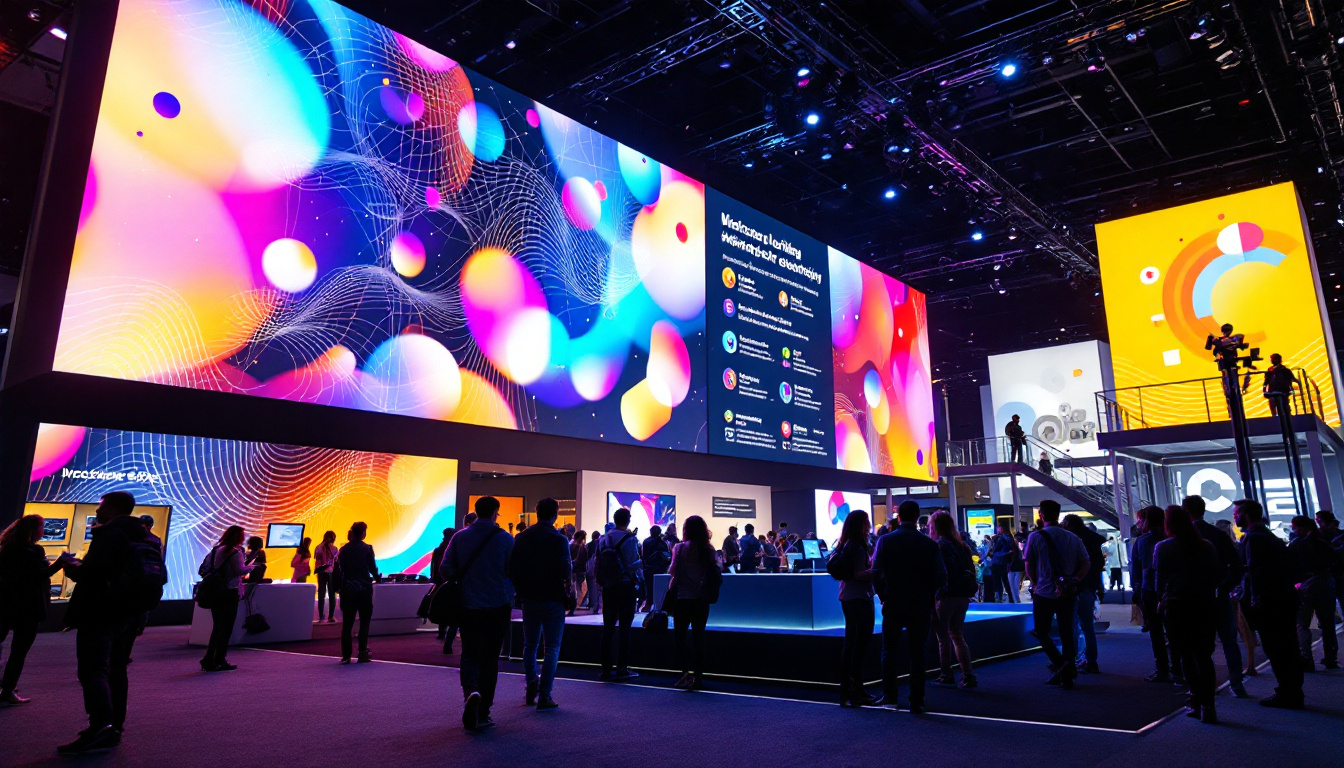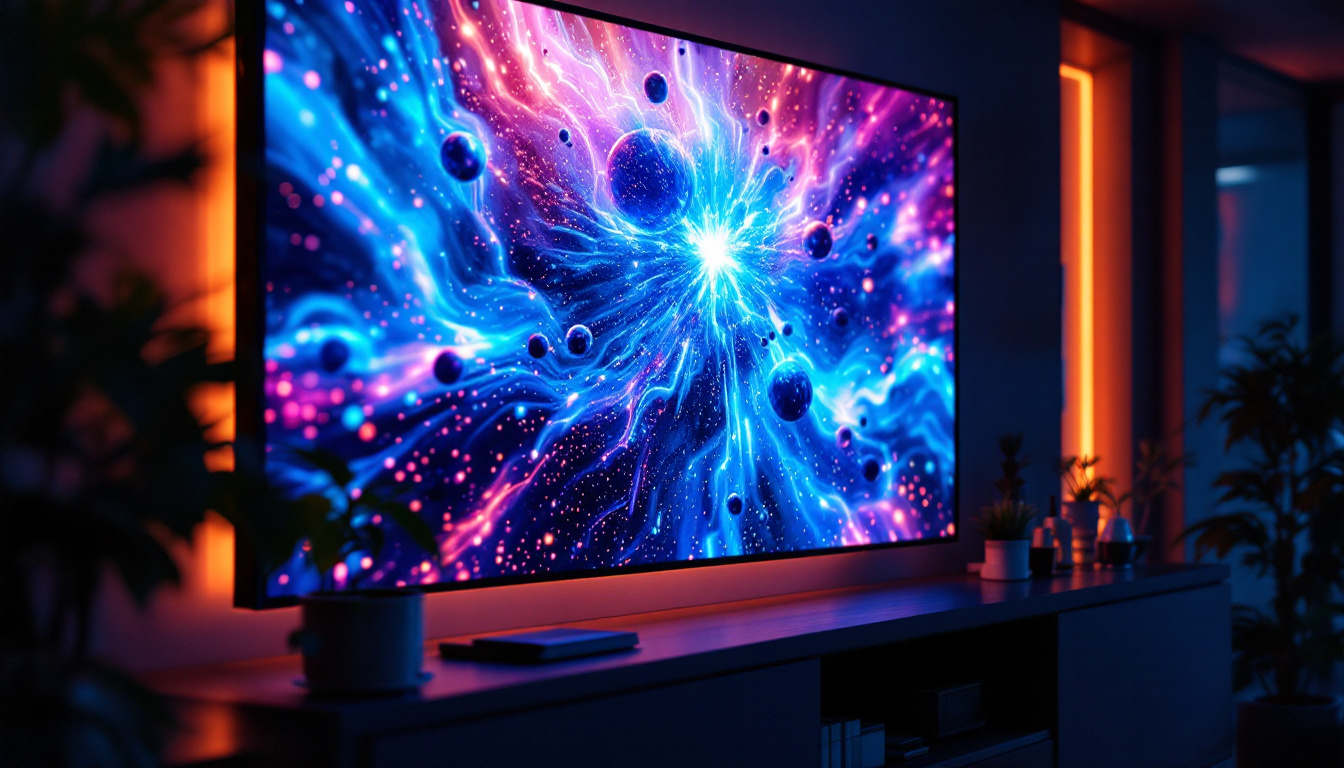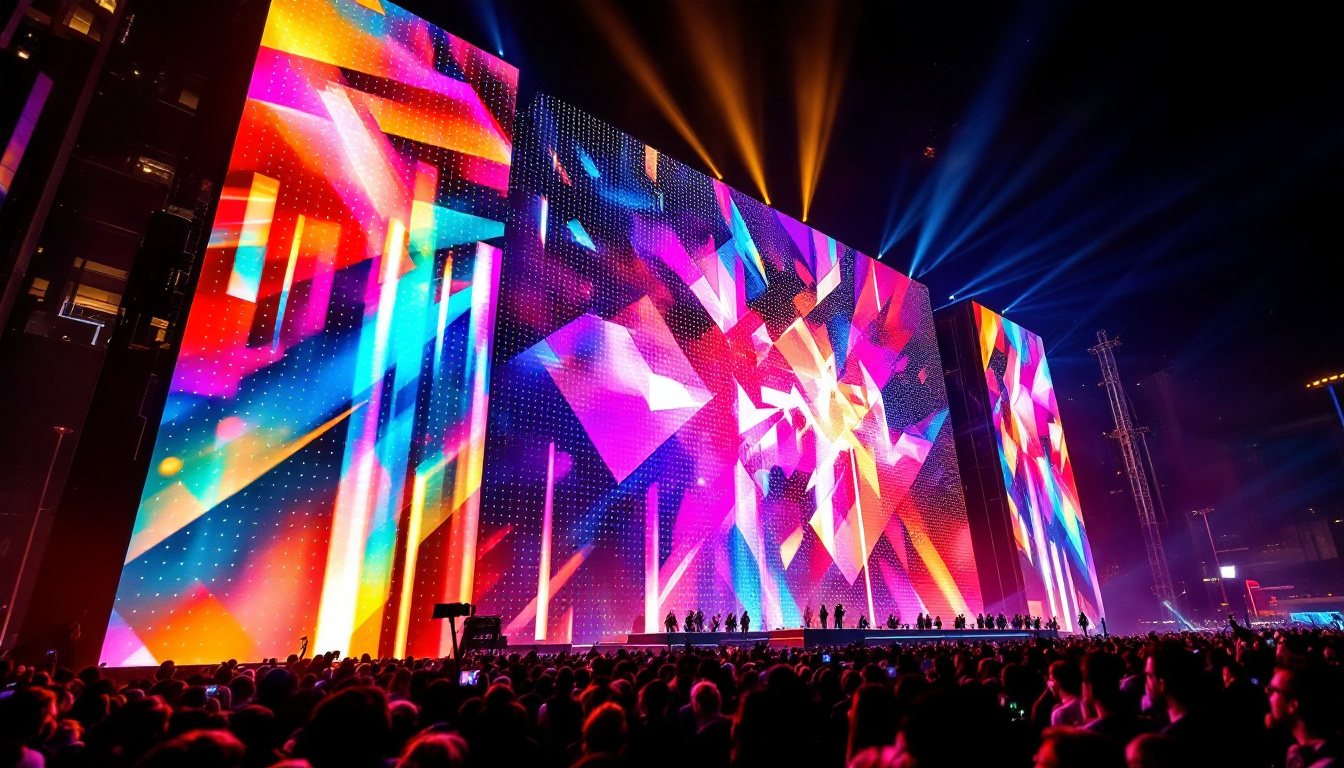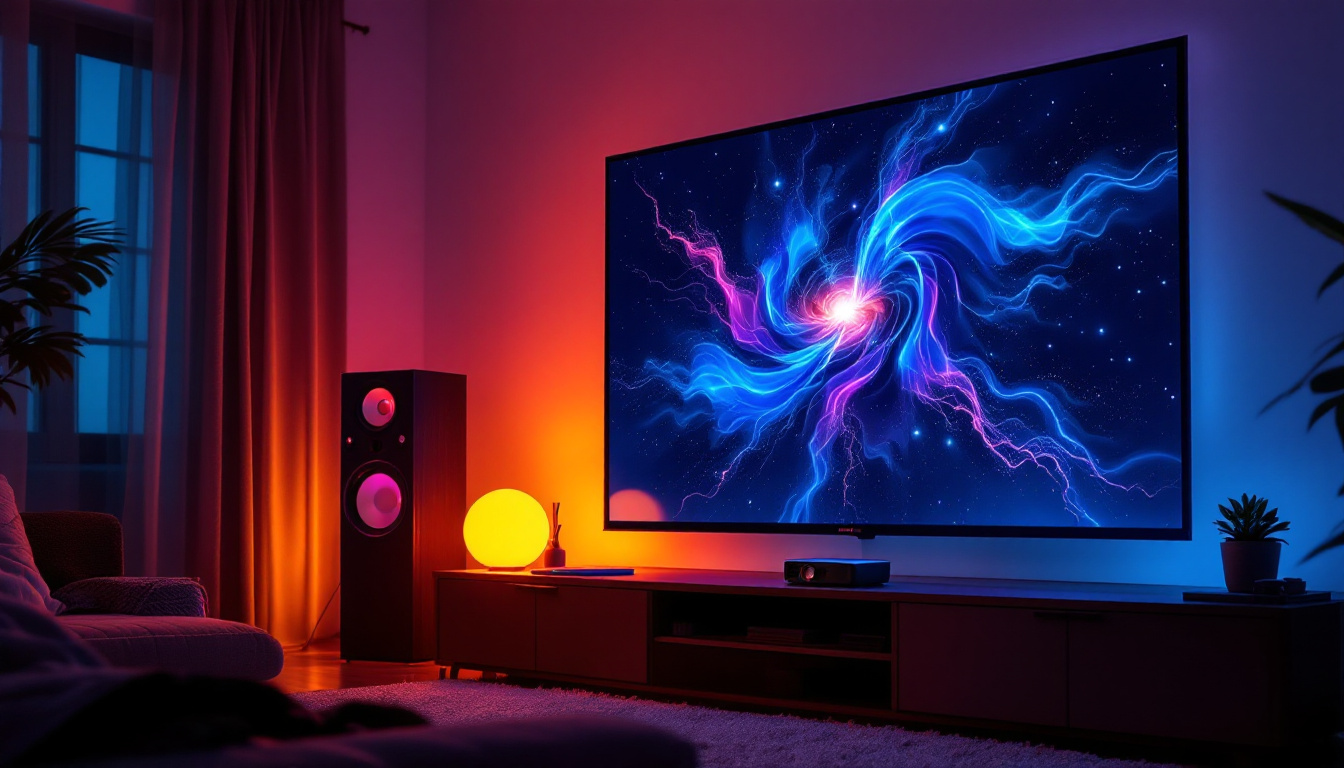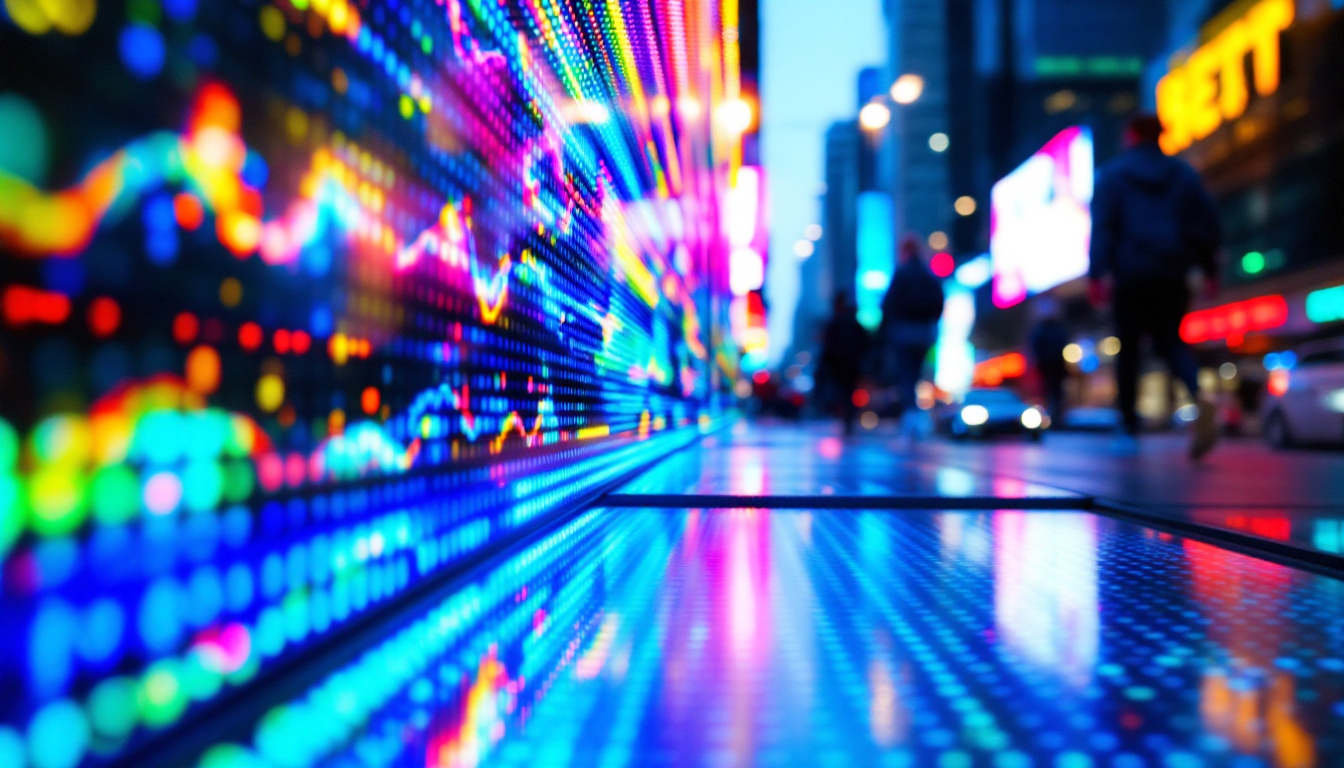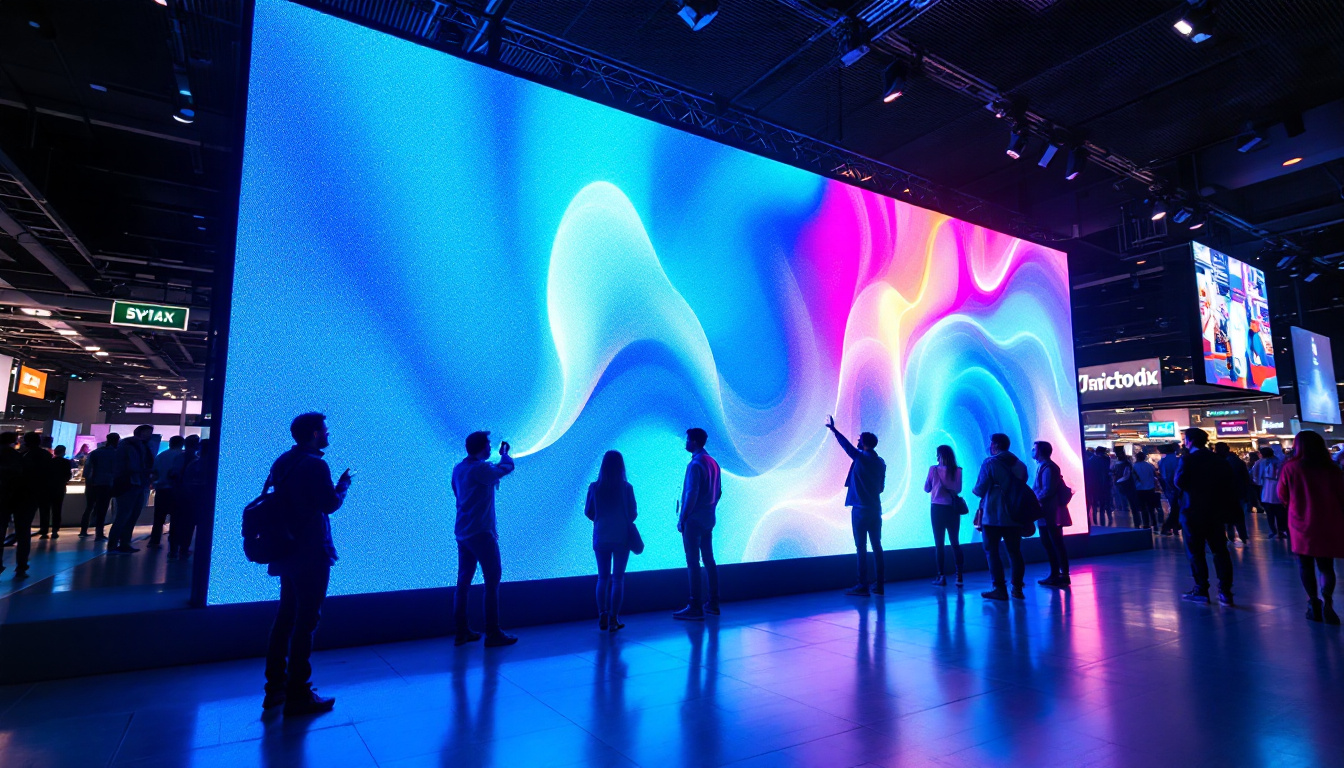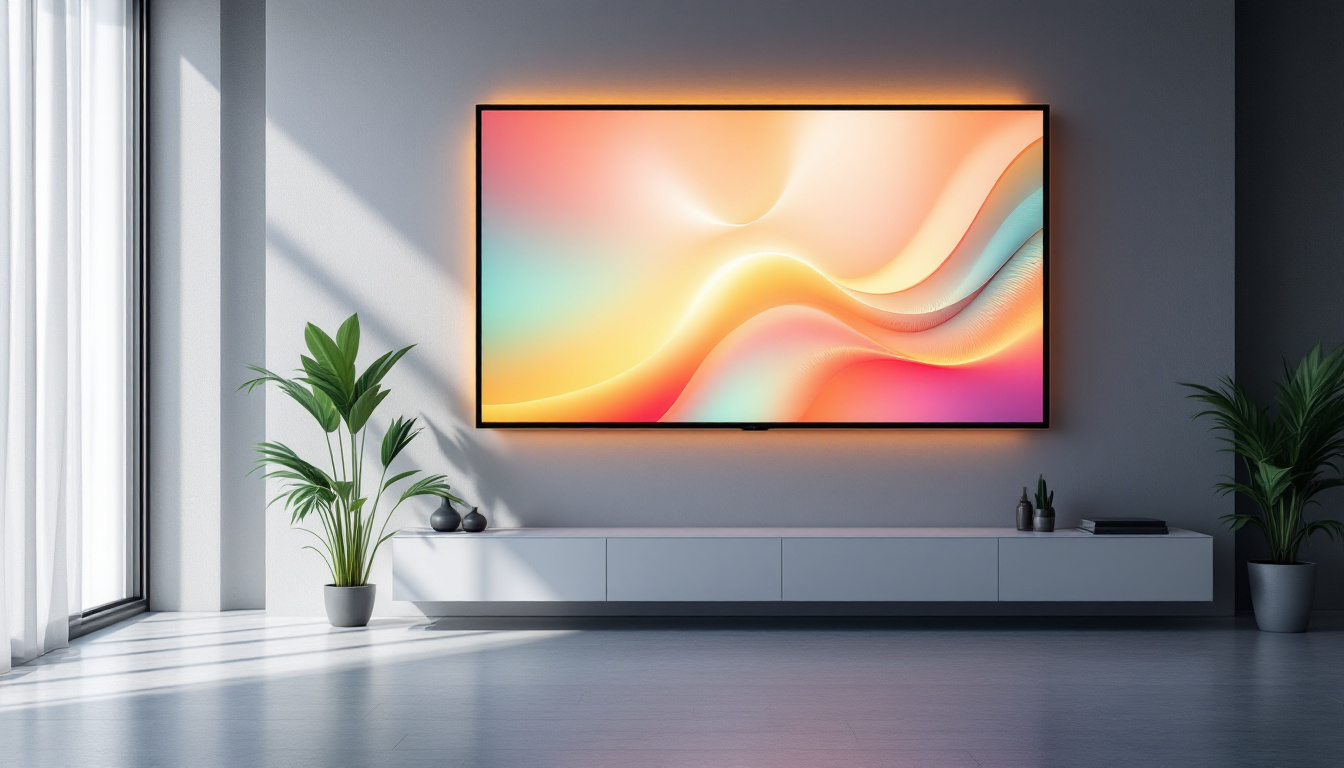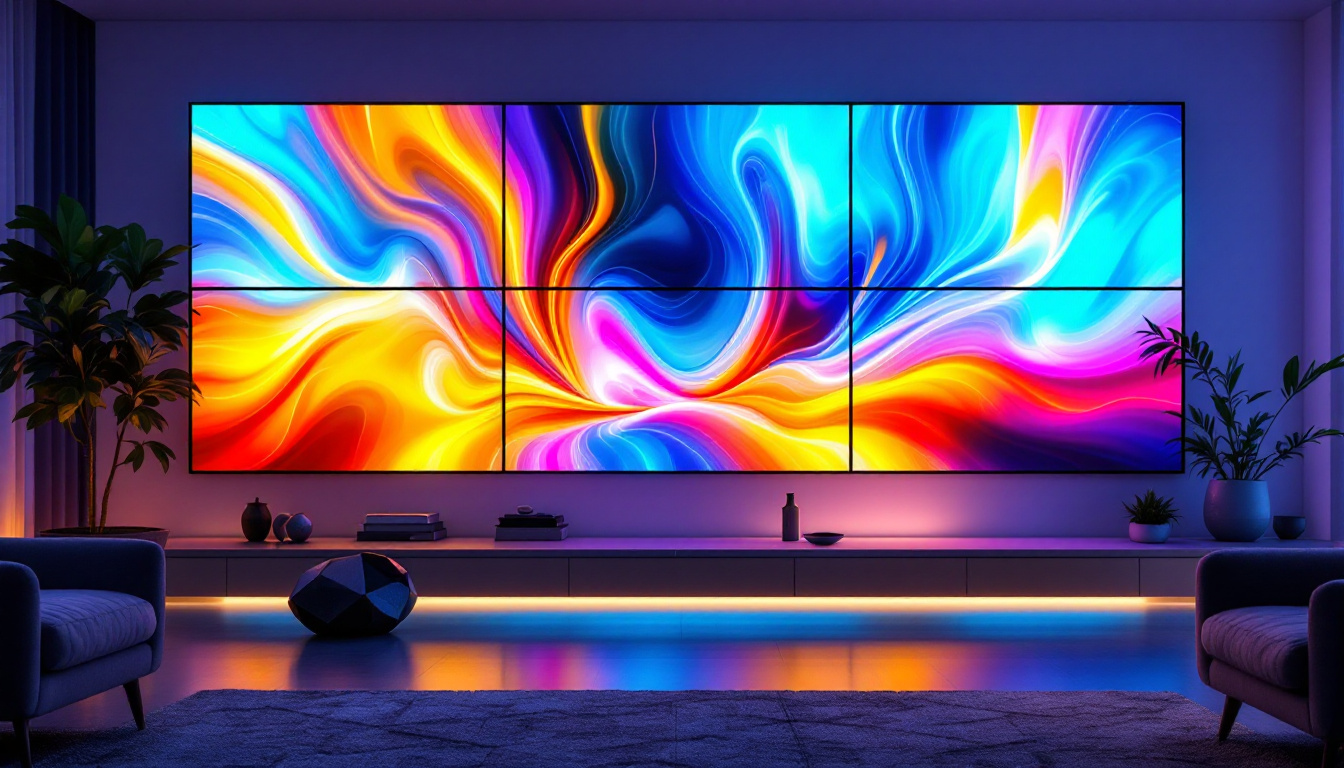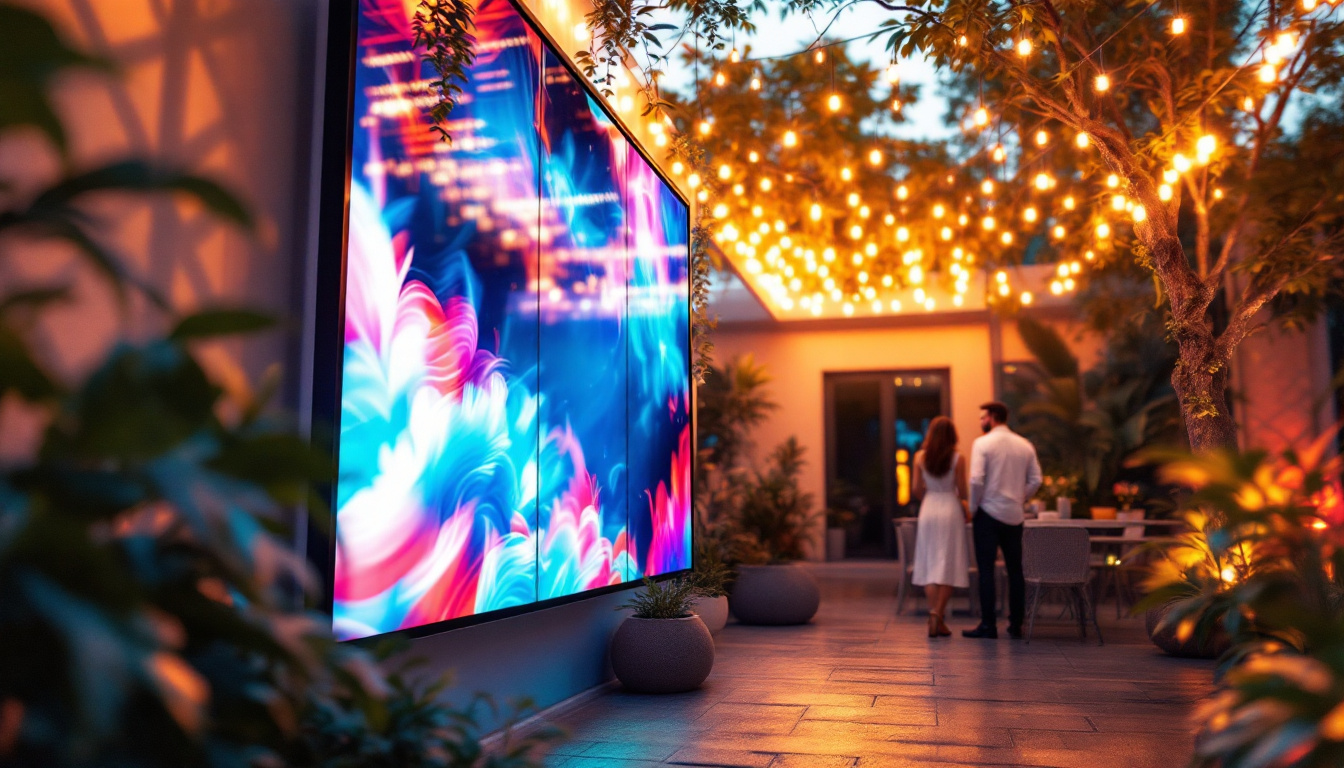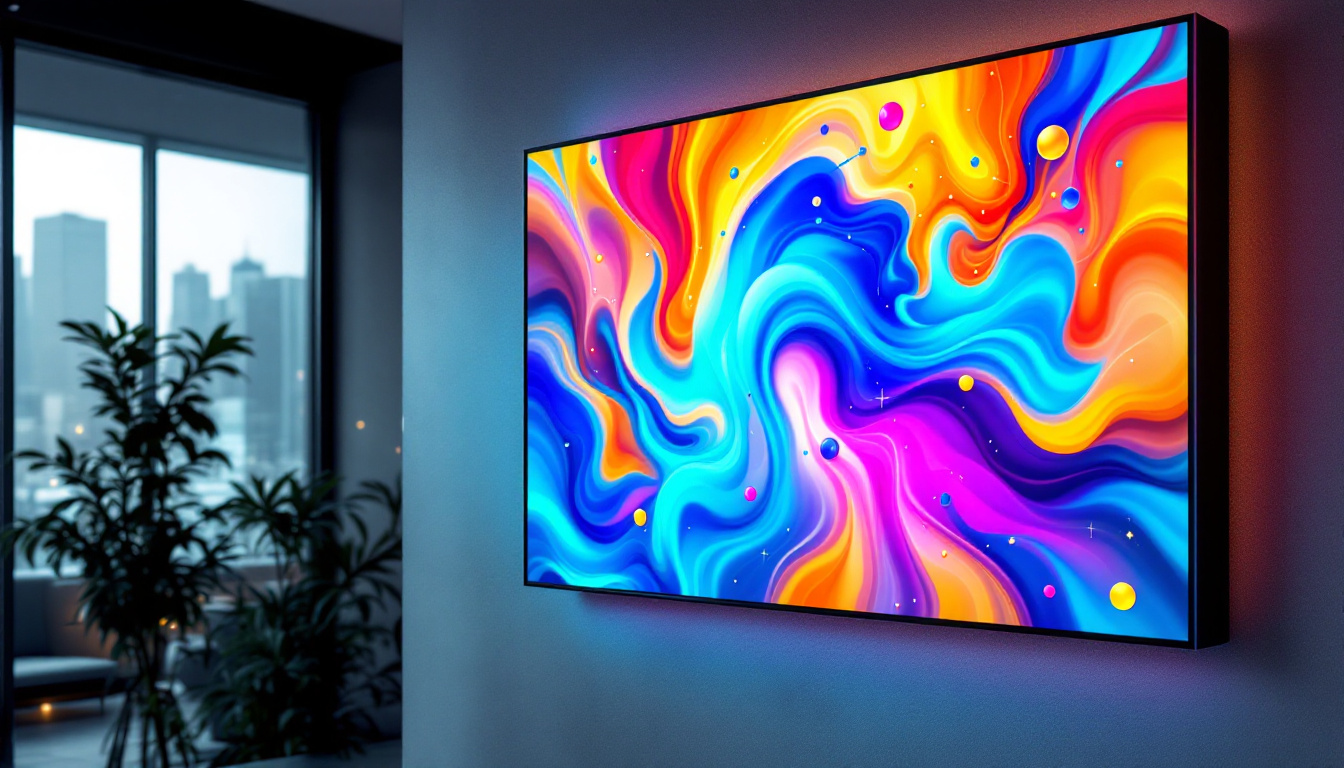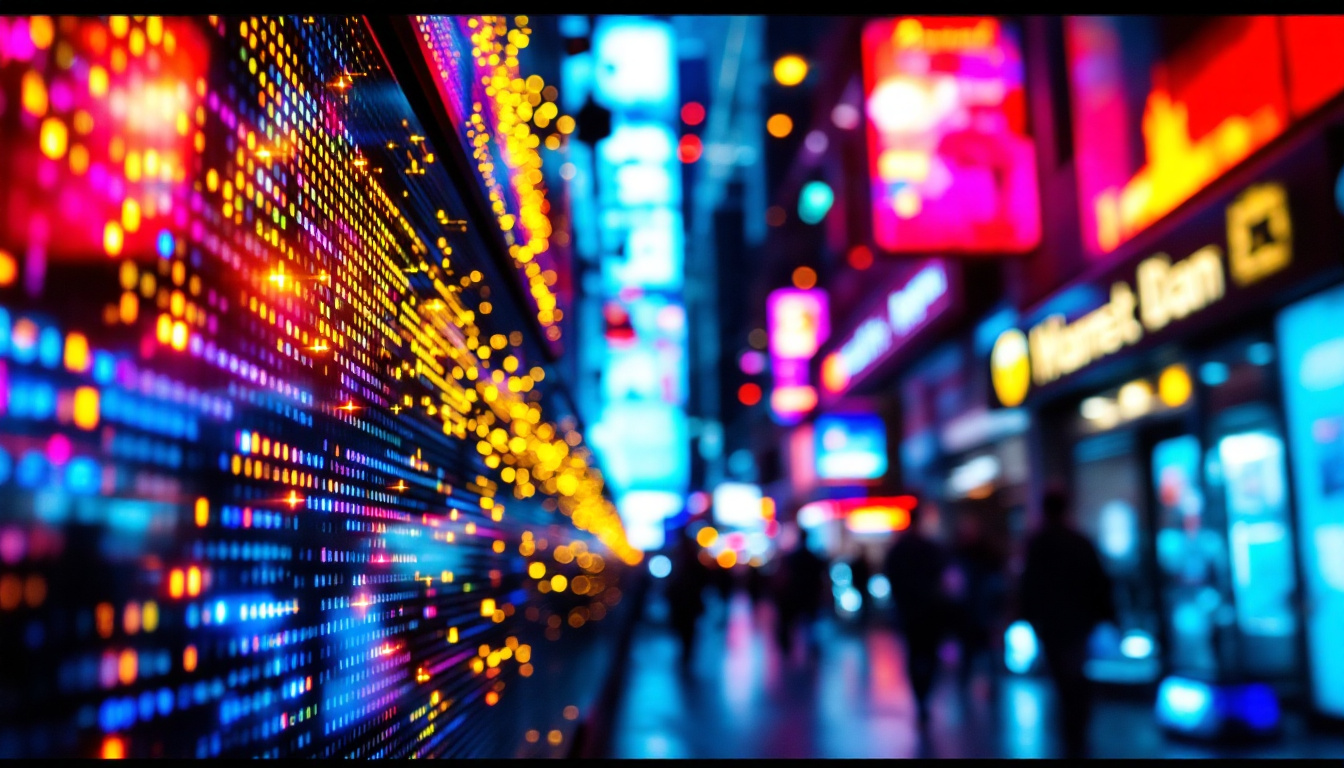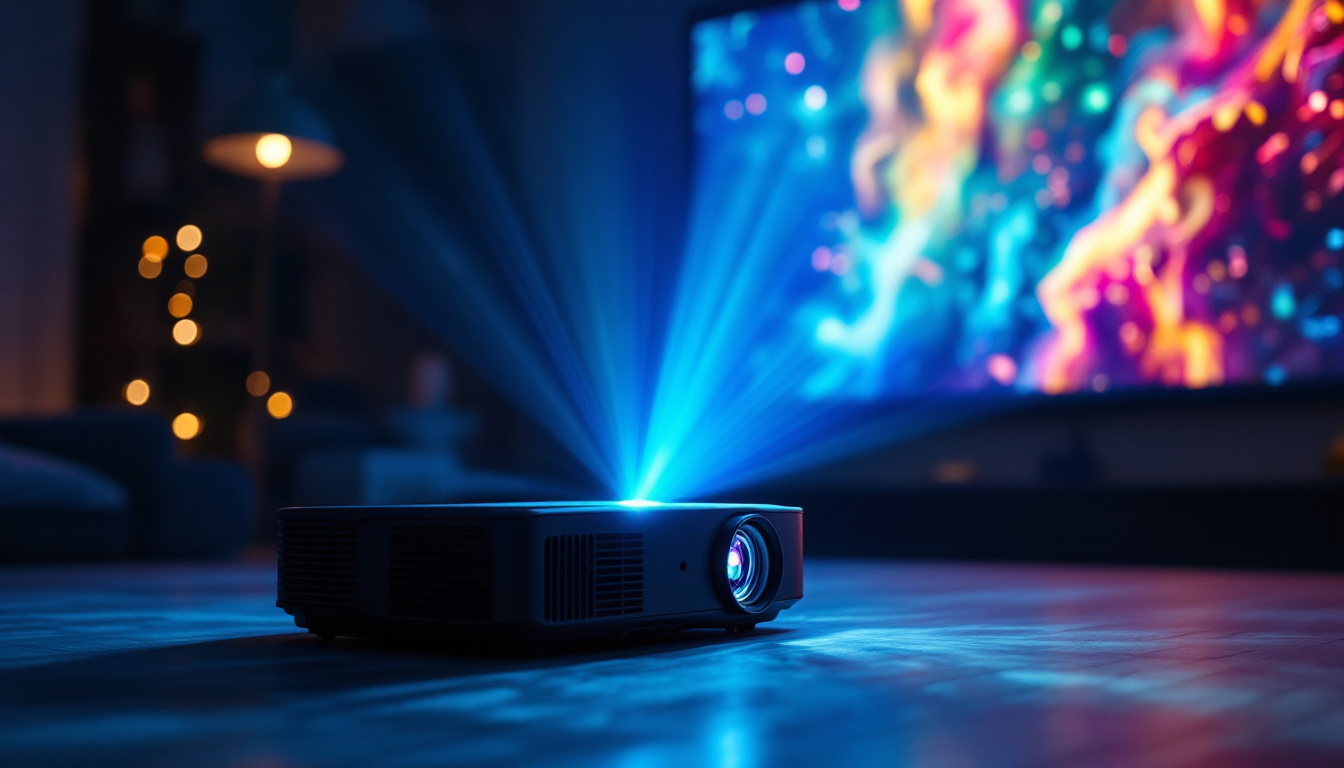In the rapidly evolving world of technology, indoor digital displays have become a vital component for businesses and organizations looking to enhance communication and engagement. Among the various types of displays available, LED (Light Emitting Diode) displays have emerged as a popular choice due to their versatility, brightness, and energy efficiency. This article delves into the intricacies of LED displays, exploring their functionality, benefits, applications, and future trends.
Understanding LED Technology
LED technology has transformed the way visual content is presented. At its core, an LED display consists of an array of tiny light-emitting diodes that produce light when an electric current passes through them. This technology is not only efficient but also allows for vibrant colors and high-quality images. The energy efficiency of LED technology is particularly noteworthy; it consumes significantly less power than traditional lighting methods, which not only reduces electricity bills but also minimizes environmental impact, making it a more sustainable choice for both consumers and businesses.
How LED Displays Work
LED displays operate by combining red, green, and blue (RGB) diodes to create a full spectrum of colors. Each pixel on the display is made up of these RGB components, which can be adjusted in intensity to produce various shades and hues. This pixel-based approach enables LED displays to achieve high resolutions, making them suitable for detailed graphics and videos. The technology behind LED displays has evolved over the years, with advancements such as local dimming and HDR (High Dynamic Range) capabilities, which further enhance the viewing experience by providing deeper blacks and brighter highlights.
The brightness of LED displays is another significant advantage. Unlike traditional LCD screens, which rely on backlighting, LED displays emit light directly from the diodes. This results in brighter images that can be viewed even in well-lit environments, making them ideal for indoor settings where visibility is crucial. Additionally, the rapid response time of LED technology minimizes motion blur, making it an excellent choice for fast-paced video content, such as sports broadcasts or action movies.
Types of LED Displays
There are several types of LED displays, each designed for specific applications. The most common types include:
- Direct View LED Displays: These are large screens made up of individual LED modules that create a seamless image. They are often used for digital signage in retail stores, airports, and stadiums.
- LED Video Walls: Composed of multiple smaller LED panels, video walls can be configured in various shapes and sizes. They are frequently used for events, concerts, and corporate presentations.
- LED Signs: These smaller displays are typically used for advertising and information dissemination. They can be found in storefronts, schools, and public spaces.
In addition to these common types, there are also specialized LED displays designed for unique environments. For instance, outdoor LED displays are built to withstand harsh weather conditions, featuring robust housings and protective coatings to ensure longevity. Furthermore, flexible LED displays are gaining popularity, allowing for creative installations that can bend and shape around architectural features, providing designers with unprecedented freedom in visual storytelling. This versatility of LED technology continues to inspire innovation across various industries, from entertainment to transportation, enhancing the way we engage with visual media.
Benefits of LED Displays
The advantages of LED displays extend beyond just their visual appeal. Businesses and organizations that invest in these technologies can reap numerous benefits that enhance their operations and customer engagement.
Energy Efficiency
One of the standout features of LED displays is their energy efficiency. Compared to traditional display technologies, LEDs consume significantly less power, which translates to lower electricity bills. This is particularly beneficial for businesses that operate displays for extended periods, such as retail stores and airports.
Additionally, the longevity of LED displays contributes to their cost-effectiveness. With a lifespan of up to 100,000 hours, LED displays require less frequent replacements and maintenance, further reducing operational costs. This durability not only minimizes waste but also aligns with sustainability goals, making LED displays an eco-friendly choice for environmentally conscious businesses.
High Visibility and Quality
LED displays offer exceptional visibility, even in challenging lighting conditions. Their high brightness levels ensure that content remains clear and vibrant, whether in dimly lit environments or under direct sunlight. This quality makes them an excellent choice for advertising and information dissemination, where capturing attention is essential.
Furthermore, the color accuracy and contrast ratios of LED displays are superior to many other display technologies. This results in sharper images and more engaging content, enhancing the overall viewer experience. The ability to display dynamic content, such as videos and animations, further captivates audiences, making LED displays a powerful tool for marketing and communication strategies.
Flexibility and Customization
Another significant advantage of LED displays is their flexibility in design and installation. They can be customized to fit various shapes and sizes, allowing businesses to create unique visual experiences that align with their branding and messaging.
From curved displays to interactive screens, the possibilities are virtually limitless. This adaptability makes LED displays suitable for a wide range of applications, including retail environments, corporate offices, and event venues. Moreover, the integration of smart technology with LED displays allows for real-time content updates and interactivity, enabling businesses to engage with their audience in innovative ways. For instance, touch-sensitive displays can facilitate customer interaction, leading to enhanced user experiences and increased sales opportunities.
Applications of LED Displays
LED displays have found their way into numerous industries, revolutionizing the way information is presented and consumed. Their versatility allows them to be utilized in various contexts, each with its unique requirements and objectives.
Retail and Advertising
In the retail sector, LED displays serve as powerful marketing tools. They can showcase promotions, product launches, and brand stories in an eye-catching manner. Digital signage allows retailers to update content in real-time, enabling them to respond quickly to market trends and customer preferences.
Moreover, the dynamic nature of LED displays can attract foot traffic, enhancing the overall shopping experience. Interactive displays can engage customers, providing them with information and entertainment while they browse.
Corporate Communication
For corporate environments, LED displays play a crucial role in internal communication. They can be used for presentations, training sessions, and information sharing among employees. Large video walls can facilitate collaborative meetings, allowing teams to visualize data and ideas effectively.
Additionally, LED displays can enhance the aesthetic appeal of office spaces, contributing to a modern and innovative atmosphere that reflects the company’s brand identity.
Entertainment and Events
The entertainment industry has embraced LED displays for concerts, festivals, and sporting events. Large video walls create immersive experiences for audiences, enhancing the overall atmosphere of live performances.
Event organizers can utilize LED displays for dynamic content, including live feeds, social media interactions, and promotional videos. This interactivity not only keeps the audience engaged but also creates memorable experiences that resonate long after the event has concluded.
Challenges and Considerations
While LED displays offer numerous advantages, there are also challenges and considerations that businesses should keep in mind when integrating this technology into their operations.
Initial Investment Costs
One of the primary barriers to adopting LED displays is the initial investment cost. High-quality LED displays can be expensive, and businesses must weigh this upfront cost against the long-term benefits. However, it is essential to consider the total cost of ownership, including energy savings and reduced maintenance expenses, when evaluating the return on investment.
Technical Expertise
Implementing LED displays may require technical expertise, particularly for installation and content management. Businesses may need to invest in training for staff or partner with external vendors to ensure that the displays are set up and maintained correctly.
Moreover, creating compelling content that maximizes the potential of LED displays requires creativity and skill. Organizations should consider collaborating with experienced designers or agencies to develop engaging visuals that resonate with their target audience.
The Future of LED Displays
The future of LED displays looks promising, with ongoing advancements in technology and design. As the demand for high-quality visual content continues to grow, several trends are emerging that will shape the evolution of LED displays in various sectors.
Integration with Smart Technology
As smart technology becomes increasingly prevalent, LED displays are expected to integrate seamlessly with other digital solutions. This includes compatibility with content management systems, analytics tools, and interactive features that enhance user engagement.
For instance, businesses may utilize data analytics to tailor content based on audience demographics and preferences, creating personalized experiences that drive engagement and conversion rates.
Advancements in Display Technology
Innovations in LED technology are also on the horizon. Developments such as microLED and miniLED technologies promise to deliver even higher resolutions, improved color accuracy, and enhanced energy efficiency. These advancements will further expand the applications of LED displays, making them suitable for even more demanding environments.
Additionally, flexible and transparent LED displays are emerging, allowing for creative installations that blend seamlessly into architectural designs. These innovations will open new avenues for businesses to engage customers in unique ways.
Conclusion
Indoor digital displays, particularly LED displays, have become indispensable tools for businesses seeking to enhance communication, marketing, and engagement. Their energy efficiency, high visibility, and versatility make them suitable for a wide range of applications across various industries.
While there are challenges to consider, the benefits of LED displays far outweigh the drawbacks. As technology continues to evolve, the future of LED displays promises exciting possibilities, paving the way for even more innovative and engaging visual experiences.
Investing in LED display technology is not just a trend; it is a strategic move that can significantly impact a business’s ability to connect with its audience and achieve its objectives. Embracing this technology today can lead to a brighter, more dynamic future for organizations of all sizes.
Discover LumenMatrix LED Display Solutions
Ready to elevate your space with the unparalleled clarity and vibrancy of LED displays? LumenMatrix is at the forefront of LED display innovation, offering a diverse range of solutions tailored to meet your unique needs. From captivating Indoor LED Wall Displays to dynamic Outdoor LED Wall Displays, and from versatile Vehicle LED Displays to sleek LED Poster Displays, our technology is designed to make your brand stand out. Experience the future of visual communication with our LED Sports Displays, interactive Floor LED Displays, and the transformative All-in-One LED Display. Don’t just take our word for it; see the difference for yourself. Check out LumenMatrix LED Display Solutions and start your journey towards a brighter, more engaging visual presence today.

